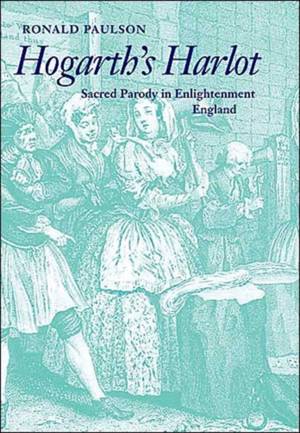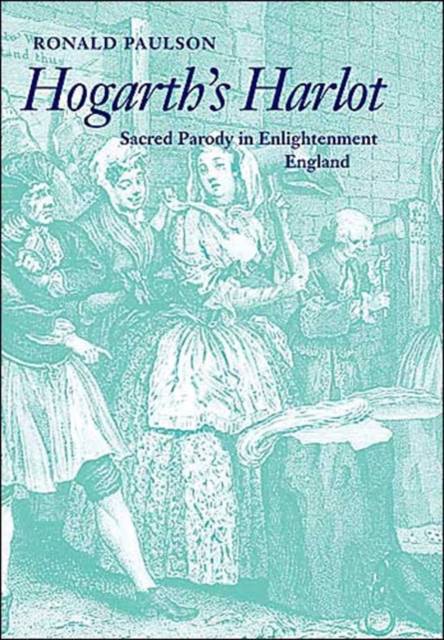
- Retrait gratuit dans votre magasin Club
- 7.000.000 titres dans notre catalogue
- Payer en toute sécurité
- Toujours un magasin près de chez vous
- Retrait gratuit dans votre magasin Club
- 7.000.000 titres dans notre catalogue
- Payer en toute sécurité
- Toujours un magasin près de chez vous
Description
In 1732, a blasphemous burlesque of the Christian Atonement was published in England without comment from the government or the Church of England. In Hogarth's Harlot, Ronald Paulson explains this absence of official censure through a detailed examination of the parameters of blasphemy in eighteenth-century England and the changing attitudes toward the central tenets of the Christian Church among artists in this period. Discerning a profound spiritual and cultural shift from atonement and personal salvation to redemption, incarnation, and acts of charity and love, Paulson focuses on such influential factors as English antipopery and anti-Jacobitism, as well as the ideas of the English Enlightenment.
Offering imaginative and deeply informed readings of a wide range of artistic works--engravings by Hogarth; poems by Milton, Pope, Christopher Smart, and Blake; plays by Nicholas Rowe and George Lillo; paintings and sculptures by Benjamin West, John Zoffany, Joseph Wright of Derby, and Louis-François Roubiliac; and oratorios by George Frederic Handel--Paulson explores the significance of the medium in which artists produced "sacred parody" and how these works both reflected and influenced attitudes toward the nature of Christianity in England. As England's faithful began to worry less about everlasting felicity in heaven and more about life on earth, these diverse artists provided them with new ways of thinking about both their spiritual and their social existence.
Spécifications
Parties prenantes
- Auteur(s) :
- Editeur:
Contenu
- Nombre de pages :
- 448
- Langue:
- Anglais
Caractéristiques
- EAN:
- 9780801873911
- Date de parution :
- 03-12-03
- Format:
- Livre relié
- Format numérique:
- Genaaid
- Dimensions :
- 176 mm x 223 mm
- Poids :
- 757 g







